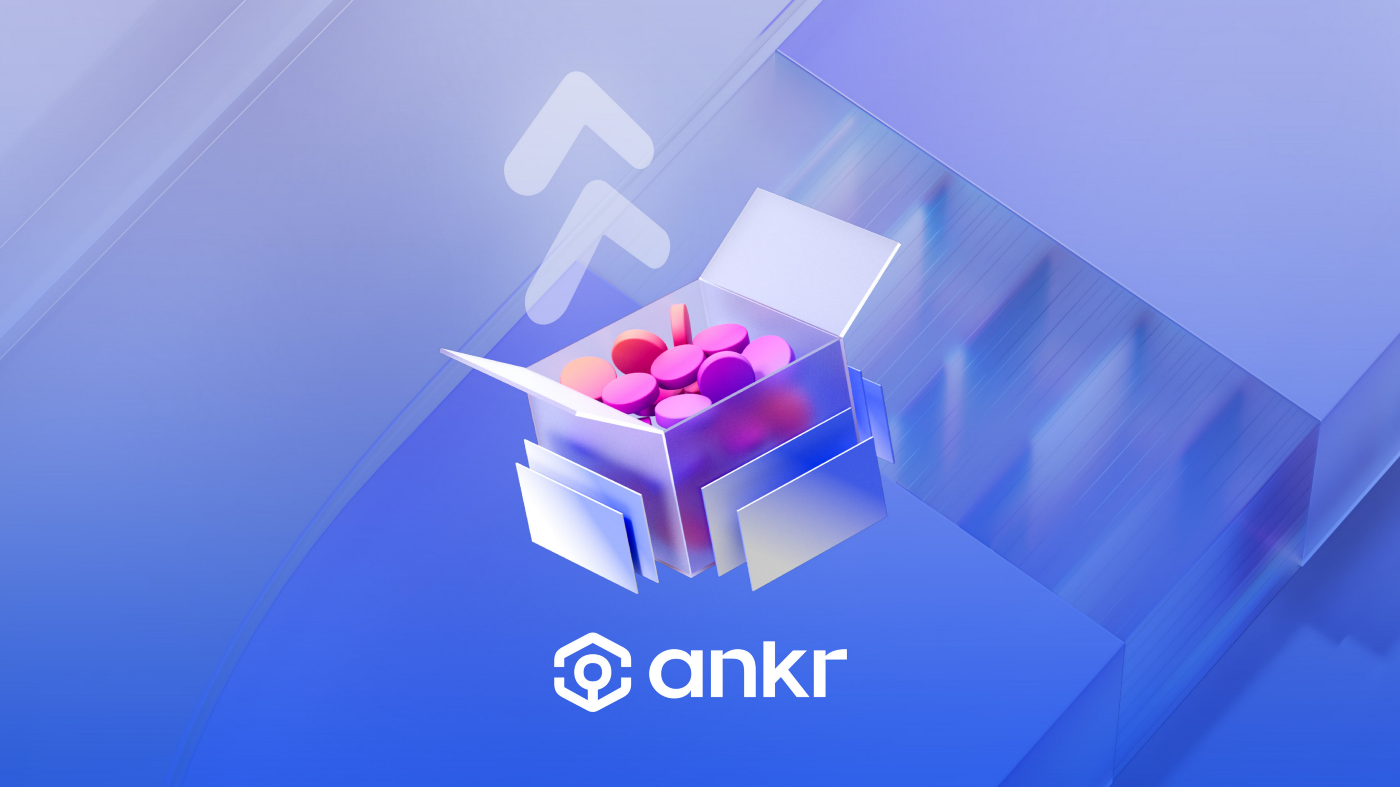Liquid staking: The DeFi upgrade
October 27, 2022
4 min read

Decentralized finance (DeFi) signaled the beginning of a new era in the history of crypto assets. Unlike conventional finance, it does away with the necessity for centralized middlemen, lowers the barrier to entry into financial markets, and enables the seamless flow of assets.
DeFi, on the other hand, is infamous for staking incentives, which may lock up crypto assets for a lengthy period of time, restricting profit potential. Enter Liquid Staking, which enables extremely liquid and interoperable financial services.
The rise of DeFi shows that this new, open financial industry is expanding. DeFi Pulse estimates that the total value of DeFi systems will reach $100 billion by 2022. However, statistics alone do not do justice to the remarkable innovation that the DeFi sector has produced in such a short period of time since its inception.
Despite this outstanding track record, crypto-staking smart contracts have a number of severe issues when it comes to DeFi use. They have a special impact on liquidity investors while striving to grow the DeFi economy.
One such issue is the inability to generate any interest on staked assets. As a consequence, DeFi Markets now offers liquid staking.
What is the definition of Liquid Staking?
Staking in PoS-based projects has historically sought to lock one's assets in a single network for a lengthy period of time in return for a fixed, preset staking income. While it guarantees the investment return on staked assets, it also limits token owners' capacity to produce higher returns on those assets via the DeFi ecosystem, similar to a bond.
What distinguishes it from regular staking?
If you've staked all of your cryptocurrency holdings, you're in a liquidity crisis and won't be able to invest in or trade in more profitable crypto pairings on exchanges.
This method works by tokenizing stakes, which allows token holders to use them as collateral in other financial applications. Tokenized stakes, also known as staking derivatives, work similarly to derivatives in that they may be freely exchanged between people, places, and blockchains. As the name implies, it allows you to employ your staked crypto assets in different accessible trading or investment possibilities to obtain the best of both worlds: the expected return on your staked assets and the APR, earnings from new trading/investing opportunities you discover.
That is the underlying reason behind the recent spike in popularity of Liquid Staking. Several new projects with liquid staking are sprouting in the DeFi ecosystem, and crypto token holders want to increase the value of their holdings as well. Here, we'll take a look at one such project that has lately received a lot of attention.
What has it to do with DeFi?
DeFi is a breakthrough that allows you to maintain your crypto assets while benefitting from their liquidity. Whether to earn interest, borrow funds, or increase agricultural produce. This is in sharp contrast to traditional finance, which states that once you have invested in a stock or other investment vehicle, you may only benefit when the asset's price rises or falls. Liquid staking is essentially an extension of that concept, with the core premise being that idle assets should be able to be used as collateral in other financial applications.
As a consequence, it broadens investment alternatives and, as a result, the connection to DeFi. For example, you might take the bulk of assets staked on a blockchain, tokenize their staked positions, and then incorporate them into other protocols. Staking investors may utilize this to restrict their risk exposure while earning additional returns on staked crypto assets.
It also allows Tokens to move freely between users as tokenized assets, from different places, or even on other chains. When everything is said and done, a DAO (decentralized autonomous organization) may manage jointly tokenized stakes. The rights associated with tokenized stakes may be divided and retained by separate organizations formed for a specific purpose.
This asset flexibility is an essential component of DeFi, and it has been proved to boost creativity in the Ethereum ecosystem. For example, MakerDAO provides DAI currency that can be borrowed and loaned via the Compound protocol. This advancement in DeFi has given rise to new motives to invest as well as new investment techniques. Essentially, it automates interactions between the two protocols, resulting in enhanced profits and lower risks for token holders participating in such transactions. To recap, tokenizing staking provides token holders greater influence over their crypto tokens while also accelerating DeFi innovation.
What are the challenges?
In theory, liquid staking is another kind of derivative that may assist investors in gaining liquidity rapidly. However, such staked derivatives are not always fungible, and the condition of the underlying risk is not taken into account. In actuality, while analyzing a staking derivative, we evaluate speculation, appreciation, network adoption, and reliability. As a consequence, such inequalities and correlations make it difficult to price and fully account for the risks they provide. It will be difficult to aggregate them successfully since they are significantly more complicated than a simple sum.
In theory, a validator might short its own derivative currency and profit from price declines. A validator entity may also profit from this decline when borrowing big amounts since it may pay back the borrowed tokens at a lower price.



